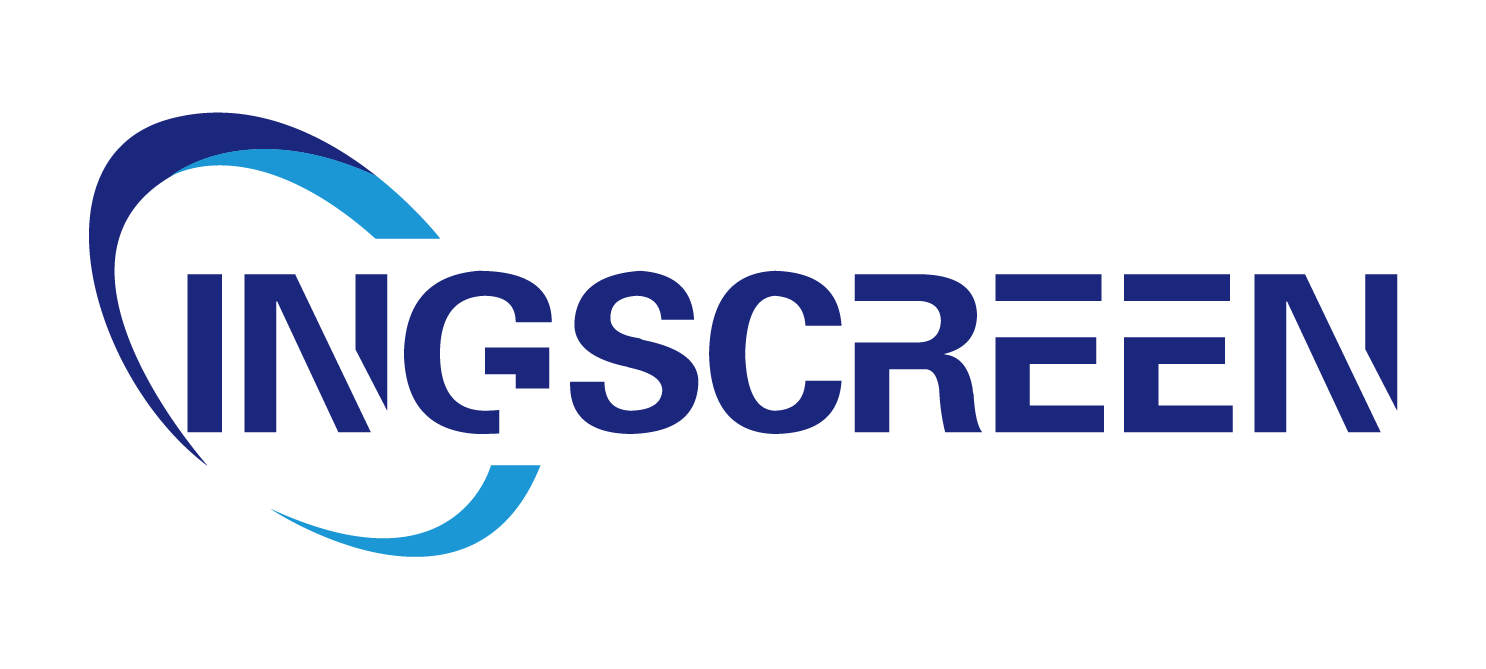Essential Strategies for Optimal OPS Performance
In today's fast-paced technological landscape, maintaining operational systems (OPS) has become increasingly critical for businesses of all sizes. Effective OPS maintenance ensures continuous service delivery, minimizes downtime, and maximizes resource utilization. Organizations that prioritize proper OPS maintenance consistently outperform their competitors in terms of reliability and customer satisfaction.
The challenges of maintaining stable operations have evolved significantly in recent years. With the growing complexity of infrastructure and increasing demands on system performance, a structured approach to OPS maintenance is no longer optional – it's essential for survival. Let's explore comprehensive strategies and best practices that will help you achieve and maintain optimal operational stability.
Core Components of OPS Maintenance
Infrastructure Monitoring and Management
The foundation of effective OPS maintenance lies in robust infrastructure monitoring. Implementing comprehensive monitoring tools allows teams to track system performance metrics, resource utilization, and potential bottlenecks in real-time. Advanced monitoring solutions can detect anomalies before they escalate into critical issues, enabling proactive rather than reactive maintenance.
Regular infrastructure assessments help identify areas requiring optimization and ensure all components operate within acceptable parameters. This includes monitoring network performance, storage capacity, processing power, and memory usage. By establishing baseline performance metrics, teams can quickly recognize deviations that might indicate emerging problems.
Documentation and Standard Operating Procedures
Maintaining detailed documentation is crucial for consistent OPS maintenance. This includes standard operating procedures (SOPs), troubleshooting guides, and system architecture diagrams. Well-documented processes ensure that maintenance tasks are performed consistently across different team members and shifts.
Regular updates to documentation reflect system changes and improvements in maintenance procedures. This living documentation serves as a knowledge base for both existing team members and new hires, reducing the learning curve and minimizing the risk of human error during maintenance operations.

Preventive Maintenance Strategies
Scheduled System Updates and Patches
Implementing a regular schedule for system updates and security patches is fundamental to OPS maintenance. This proactive approach helps prevent security vulnerabilities and ensures system compatibility with the latest software versions. Careful planning of update windows minimizes disruption to business operations while maintaining system integrity.
Creating a testing environment for updates before deployment to production systems helps identify potential issues before they affect live operations. This includes verifying application compatibility and performance impact after updates, ensuring smooth transitions during maintenance windows.
Performance Optimization Techniques
Regular performance tuning is essential for maintaining optimal OPS efficiency. This includes database optimization, cache management, and resource allocation adjustments. Performance optimization should be an ongoing process, with regular assessments and adjustments based on changing workload patterns.
Implementing automation tools for routine optimization tasks reduces manual effort and ensures consistency in maintenance procedures. This might include automated log rotation, temporary file cleanup, and system health checks, allowing teams to focus on more strategic maintenance activities.
Emergency Response and Recovery
Incident Management Protocols
Despite preventive measures, incidents may still occur. Having well-defined incident management protocols ensures quick and effective responses to system issues. This includes clear escalation procedures, communication channels, and response time objectives for different severity levels.
Regular incident response drills help teams stay prepared and identify areas for improvement in emergency procedures. Post-incident reviews provide valuable insights for enhancing future maintenance strategies and preventing similar issues from recurring.
Backup and Recovery Systems
Robust backup systems and recovery procedures are crucial for maintaining operational continuity. Regular testing of backup and recovery processes ensures their reliability when needed. This includes verifying backup integrity, testing restoration procedures, and maintaining off-site copies for disaster recovery.
Implementing automated backup solutions with clear retention policies helps manage storage efficiently while ensuring critical data protection. Regular reviews of recovery point objectives (RPO) and recovery time objectives (RTO) help maintain alignment with business continuity requirements.
Team Training and Skill Development
Technical Expertise Enhancement
Continuous training and skill development are essential for maintaining effective OPS maintenance capabilities. This includes keeping team members updated on new technologies, best practices, and industry standards. Regular training sessions help ensure that maintenance staff can handle both routine tasks and complex challenges effectively.
Encouraging certification and specialization in relevant technologies strengthens the team's overall capabilities. Cross-training team members in different aspects of OPS maintenance ensures operational resilience and provides backup coverage for critical maintenance functions.
Collaboration and Knowledge Sharing
Promoting a culture of collaboration and knowledge sharing enhances overall maintenance effectiveness. Regular team meetings and knowledge-sharing sessions help disseminate best practices and lessons learned from maintenance activities. This collaborative approach helps identify potential improvements and innovative solutions to maintenance challenges.
Implementing mentoring programs pairs experienced staff with newer team members, accelerating skill development and ensuring knowledge transfer. This approach helps maintain consistency in maintenance practices while building a strong foundation for future operational excellence.
Frequently Asked Questions
How often should OPS maintenance be performed?
OPS maintenance should be performed on a regular schedule, with different components requiring varying frequencies. Daily checks for critical systems, weekly performance reviews, monthly security updates, and quarterly comprehensive assessments are typical intervals. However, specific maintenance schedules should be tailored to your organization's needs and system requirements.
What are the key indicators of OPS health?
Key indicators include system uptime, response times, resource utilization rates, error rates, and security compliance metrics. Regular monitoring of these indicators helps identify potential issues before they impact operations. Performance trending analysis can provide insights into long-term system health and capacity planning needs.
How can automation improve OPS maintenance?
Automation can significantly enhance OPS maintenance by reducing manual errors, ensuring consistency in routine tasks, and enabling faster response to incidents. Automated monitoring, alerting, and routine maintenance tasks free up valuable time for teams to focus on strategic improvements and complex problem-solving. Additionally, automation helps maintain detailed logs and documentation of maintenance activities.




